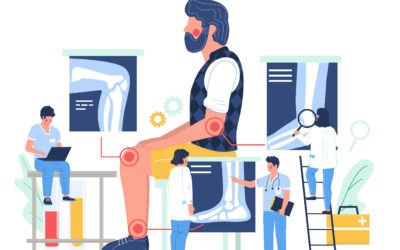The pelvic floor consists of the muscles, ligaments, and connective tissues that help to support the bladder, uterus, and rectum. Because of the gradual stretching and weakening of the pelvic floor during pregnancy when the baby is growing, as well as the strenuous act of labor and delivery, urinary incontinence and prolapse are two of the more common consequences of childbirth. Stress urinary incontinence is when your body leaks urine, usually when under exertion such as coughing, sneezing, lifting, jumping, or running. But it could take as little exertion as getting out of bed to cause a few drops to escape. Prolapse is the downward movement of the internal organs into the vaginal canal. It may be experienced as pressure to the lower abdominal and pelvic region or there may actually be a visible bulge in the vaginal opening.
During a time when all of the focus is on your precious new baby, don’t forget your own body is going through a lot of healing in the first year postpartum. The goal is to allow the pelvic floor to return to its natural form of support, and so getting involved in a high-intensity workout or running program is usually counterproductive.
In the beginning, you can take the time to lie down and practice a kegal while blowing air out of your lungs. Then see if you can pull your lower abdominals in toward your spine during the kegal. There should be no bulging or pressure downward into the vagina. Now practice this coordination of your breathing, kegal, and abdominals as you exert your body. For example, when you are ready to pick up your baby, you will do a kegal and blow out as you lift them up for a snuggle.
Folsom Physical Therapy specializes in Pelvic Floor Physical Therapy. Please visit our Pelvic Health Program page or call our front desk for more details.










